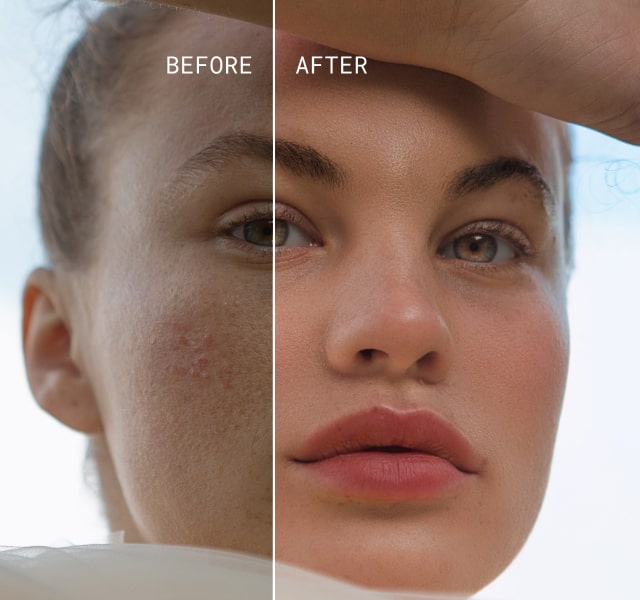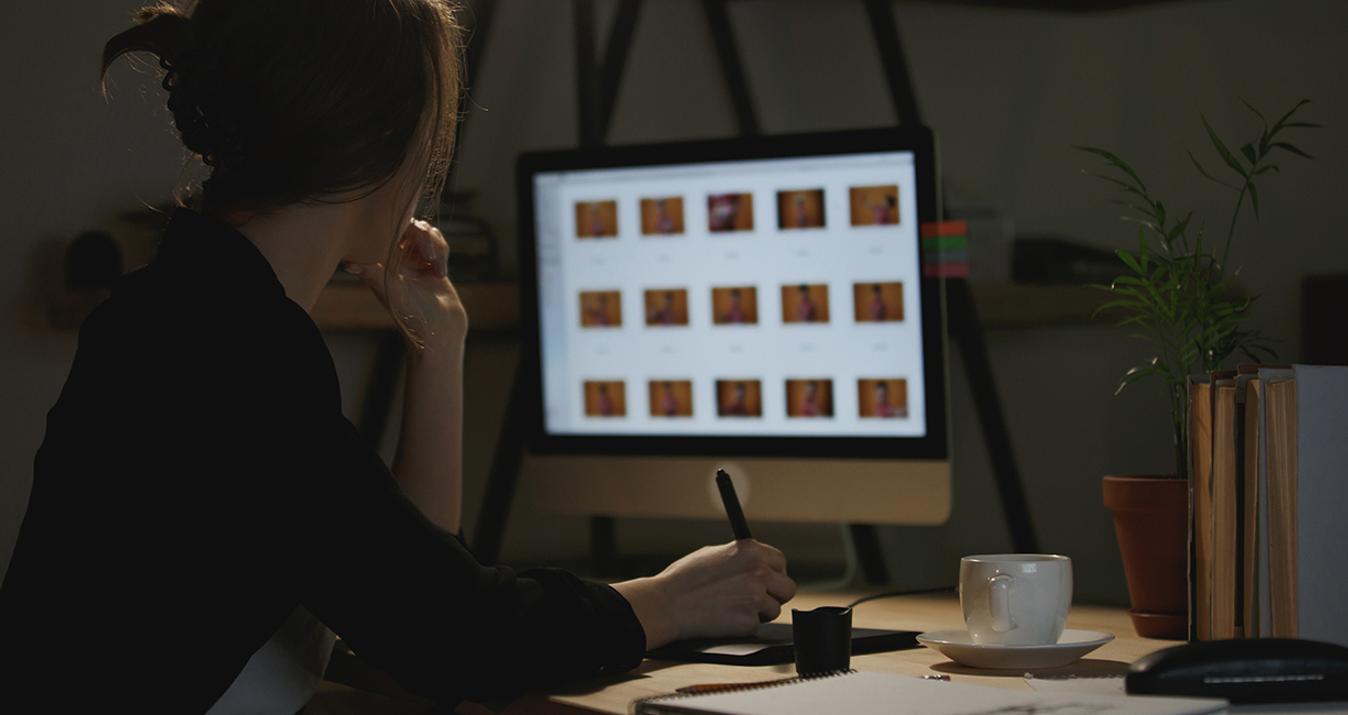Best Software For A Portrait Retouching Services To Try Now
January 30, 2025
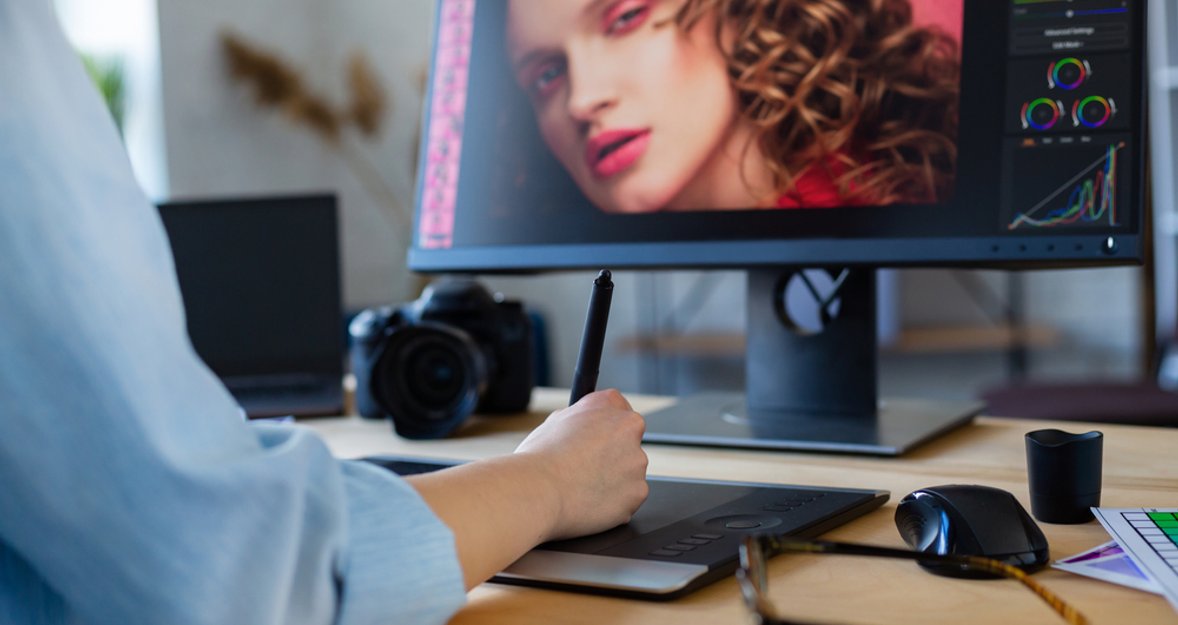
Aperty B2B solutions are revolutionizing the world of portrait retouching with cutting-edge tools and seamless integration. Discover the best software to try now for professional-quality results!
Portrait retouching became a part of professional photography. From pro to hobbyist photographers, the right set of tools can help make all the difference in having your shots go from good to breathtaking. As there are many options available on the market, choosing the right software for your needs could be a bit tricky. Let’s review some of the best editing software for portrait photography with their major features and help you decide.
Understanding Portrait Retouching

Portrait retouching is a treatment given to an image to make its subject more presentable by enhancement of skin tone, removal of blemishes, color correction, and photo reshaping. It’s not just about editing the flaws. It also enhances what’s best in your model without showing any trace of artificiality: skin smoothing, removal of stray hair, adjusting lightness or brightness, eyes sharpening, and even subtle reshaping of facial features.
This process requires precision and the right instruments. While that may sound daunting for the beginner, modern portrait editing software simplifies many tasks through AI-driven features and intuitive workflows. Professional photographers often take it further, using more advanced tools to balance realism and artistry. From speed and quality to whatever your focus is, there is software to match your needs.
Best Software for Portrait Retouching
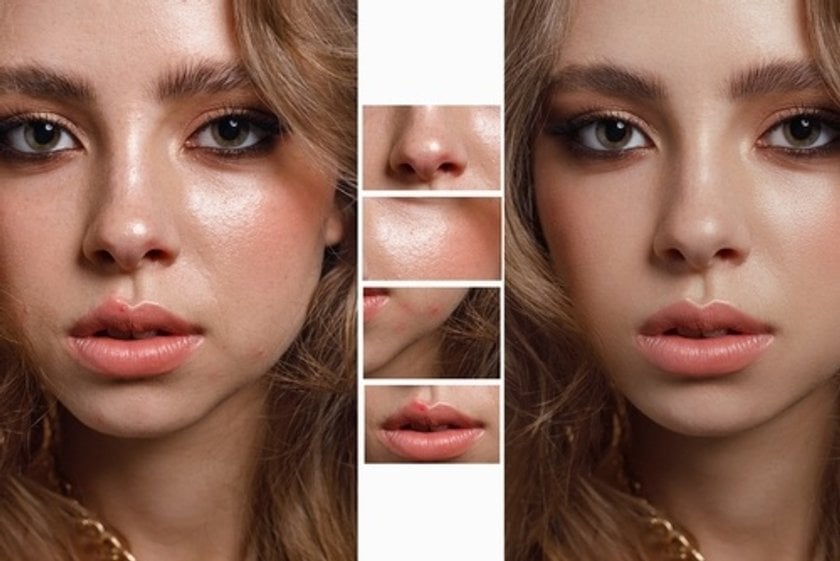
Choosing the right software can make all the difference when it comes to achieving flawless results in portrait photography.
1. Aperty: Simple and Powerful
 Aperty has quickly gained traction among portrait makers due to its user-friendly interface and advanced features. If you’re looking for an in-depth guide, check out The Ultimate Guide to Editing Portraits With Aperty. Aperty’s tools focus on delivering professional-quality edits with minimal effort, making it ideal for beginners and professionals alike.
Aperty has quickly gained traction among portrait makers due to its user-friendly interface and advanced features. If you’re looking for an in-depth guide, check out The Ultimate Guide to Editing Portraits With Aperty. Aperty’s tools focus on delivering professional-quality edits with minimal effort, making it ideal for beginners and professionals alike.
Aperty does an outstanding job in precision, ease, and power with regard to AI-powered retouching tools. Magic happens with this application for skin smoothing, blemish removal, or toning. One-click presets within it simplify your refining process and maintain the quality as professional results. With it, one could go further than just simple retouching due to seamless integration into the cloud.
Key Features:
AI-driven retouching tools.
One-click presets for quick edits.
Detailed customization options.
Seamless cloud integration.
Why Choose:
Ideal for photographers who value simplicity without compromising quality.
Excellent for fast-paced workflows.
A perfect balance of automation and control for portraits.
Your Fully Illustrated Portrait Guide —Free!
Enter your email below and get it instantly!
Check your email—the guide is all yours!
We hope you’ll love the portrait references and find them super useful. Get inspired, snap your shots, and let Aperty help you bring your vision to life. We’re so excited to see what you’ll create!
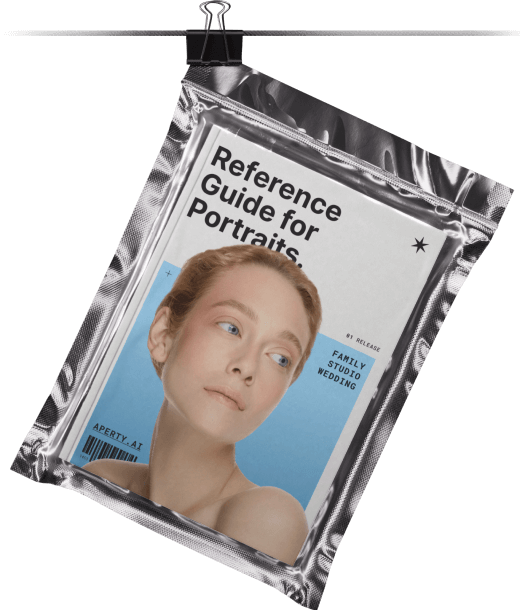
2. Adobe Photoshop: Industry Standard
 Adobe Photoshop still tops the chart of professional portrait editing software. Due to its powerful functions, Photoshop is ideal for intricate retouching jobs. Everything from frequency separation to advanced skin tone correction is possible with unparalleled precision.
Adobe Photoshop still tops the chart of professional portrait editing software. Due to its powerful functions, Photoshop is ideal for intricate retouching jobs. Everything from frequency separation to advanced skin tone correction is possible with unparalleled precision.
Key Features:
Layer-based editing for non-destructive workflows.
Advanced tools for skin retouching and color grading.
Integration with Adobe Lightroom for a seamless process.
Why Choose:
Suited for professionals needing complete control over edits.
Extensive library of plugins for added functionality.
3. Lightroom: Simplified Workflow
 Another great option, especially for photographers working with big batches of images, is Adobe Lightroom. While Lightroom focuses on global adjustments, its portrait-specific tools have grown so much in time that this makes it one of the best portrait enhancing software options available.
Another great option, especially for photographers working with big batches of images, is Adobe Lightroom. While Lightroom focuses on global adjustments, its portrait-specific tools have grown so much in time that this makes it one of the best portrait enhancing software options available.
Key Features:
Powerful presets and profiles for one-click enhancements.
AI masking for selective edits.
Integration with Photoshop for detailed retouching.
Why Choose:
Great for those who are handling high volumes of snapshots.
Simple interface ideal for beginners.
4. Luminar Neo: AI-Powered Simplicity
 Luminar Neo is built on AI technology that will deliver professional-grade results with hardly any effort from you. It offers special tools for portrait retouching, such as AI-powered skin enhancement and fixing eyes.
Luminar Neo is built on AI technology that will deliver professional-grade results with hardly any effort from you. It offers special tools for portrait retouching, such as AI-powered skin enhancement and fixing eyes.
Key Features:
AI-driven portrait retouching solutions.
Adjustable presets for quick edits.
Advanced color correction and detail enhancement.
Why Choose:
Perfect for photographers seeking fast, high-quality edits.
User-friendly interface for all skill levels.
Find out more: Aperty vs Luminar Neo: Feature Comparison by Steve Roe
5. Capture One: Professional Precision
 Still preferred by studio photographers, Capture One is best known for its first-class color grading and tethering. Although it takes some time to adapt, this probably is powerful portrait photo refining software that assures professionals of accuracy and control.
Still preferred by studio photographers, Capture One is best known for its first-class color grading and tethering. Although it takes some time to adapt, this probably is powerful portrait photo refining software that assures professionals of accuracy and control.
Key Features:
Advanced color grading tools.
Detailed skin tone adjustments.
Seamless tethering for studio shoots.
Why Choose:
Ideal for professional studio setups.
Unmatched color control and precision.
6. PortraitPro: Tailored for Portraits
 PortraitPro is specifically designed for portrait editing, offering tools that are easy to use and highly effective. Its AI technology focuses on facial feature enhancements, skin retouching, and lighting adjustments.
PortraitPro is specifically designed for portrait editing, offering tools that are easy to use and highly effective. Its AI technology focuses on facial feature enhancements, skin retouching, and lighting adjustments.
Key Features:
AI-based facial recognition for automatic edits.
Specialized tools for skin smoothing and reshaping.
Intuitive interface for quick results.
Why Choose:
Best for photographers who specialize in portraiture.
Fast and efficient editing tailored to facial features.
7. ON1 Photo RAW: Versatility and Control
 ON1 Photo RAW is an all-in-one solution that allows portrait shooters to manage both strong editing tools and sound organizational features within a single, cohesive ecosystem. The AI instrument makes quick work of skin retouching but provides full control to make detailed refines.
ON1 Photo RAW is an all-in-one solution that allows portrait shooters to manage both strong editing tools and sound organizational features within a single, cohesive ecosystem. The AI instrument makes quick work of skin retouching but provides full control to make detailed refines.
Key Features:
AI-powered portrait tools.
Non-destructive editing workflow.
Integrated photo management system.
Why Choose:
Ideal for photographers seeking an all-in-one solution.
Balances simplicity and advanced features.
8. DxO PhotoLab: High-Quality Enhancements
 DxO PhotoLab is really great when it comes to image quality, especially in noise reduction and optical corrections. Though this is not a portrait-focused editor, the availability of retouching tools makes it good enough for detailed picture adjustments.
DxO PhotoLab is really great when it comes to image quality, especially in noise reduction and optical corrections. Though this is not a portrait-focused editor, the availability of retouching tools makes it good enough for detailed picture adjustments.
Key Features:
Advanced noise reduction and sharpening.
Local adjustment tools for precise edits.
Customizable interface.
Why Choose:
Excellent for those who prioritize image quality.
Great for detailed adjustments and fine-tuning.
Additional Considerations When Choosing Software
 When selecting the best portrait photo editing software, consider the following factors:
When selecting the best portrait photo editing software, consider the following factors:
Ease of use. While some, like Aperty and PortraitPro, are incredibly user-friendly, others, like Photoshop and Capture One, take some time to learn if the editing needed has more complex nuances.
Budget. Free options are indeed a bit limited, but the good news is that most paid-for options offer free trials. Determine the degree of your budget and apply for software, balancing its cost against the features you need.
Workflow requirements. Lightroom and ON1 Photo RAW make editing far easier if you edit hundreds of photos. For those one-off in-depth edits, you may be better off opening up Photoshop or PortraitPro.
Specific needs. Some tools do exceptionally well in specialized areas. For example, DxO PhotoLab is the best when it comes to noise reduction, while Capture One does color grading well.
Integration. Many photographers have different tools for different parts of their workflow. Look into software that works well with others, like Lightroom and Photoshop.
Cost-effectiveness. Assess the overall value of the software by comparing its features and benefits against its price.
Customer support. Reliable customer support can be crucial, especially if you encounter any issues or need assistance with the software.
You may also like: Post-Production Workflow Guide by Jakub Bors
Free and Open-Source Alternatives
 Those on a tight budget can try the free options, GIMP and Darktable, with the basic retouching facility in them. Not having most of the features that one finds in premium software, they are capable of good results for light edits.
Those on a tight budget can try the free options, GIMP and Darktable, with the basic retouching facility in them. Not having most of the features that one finds in premium software, they are capable of good results for light edits.
GIMP. A powerful, open-source alternative to Photoshop, it is good for basic tasks, while advanced retouching requires a more difficult learning curve.
Darktable. Concentrates on raw image processing, offering a variety of tools for global adjustments. It is not oriented toward portraits but works well for general editing.
Final Thoughts
Portrait retouching is an art, and with the right tool, it may make a difference. From the ease of Aperty and Luminar Neo to professional-grade solutions like Photoshop and Capture One, there's something for everyone. Aperty is a good choice since it perfectly balances simplicity and advanced features. Where Lightroom and ON1 Photo RAW provide full edit workflows for those in volume, PortraitPro and DxO PhotoLab will cater to more specialized retouching needs.
